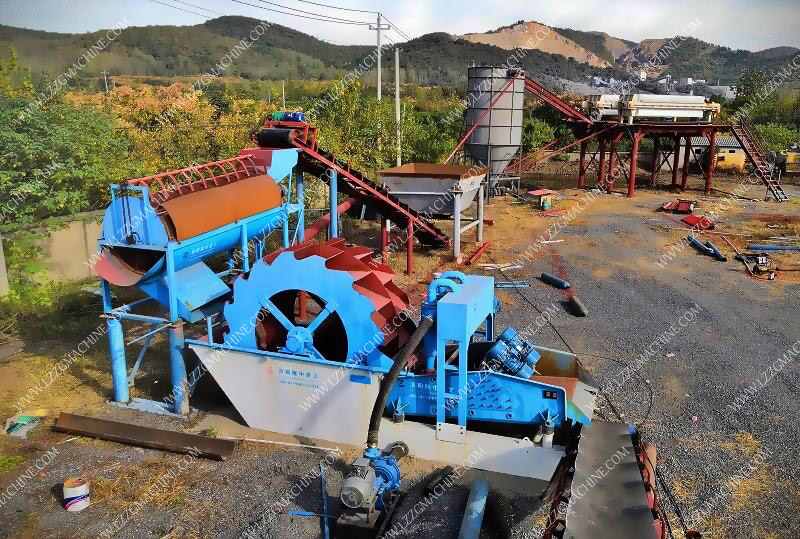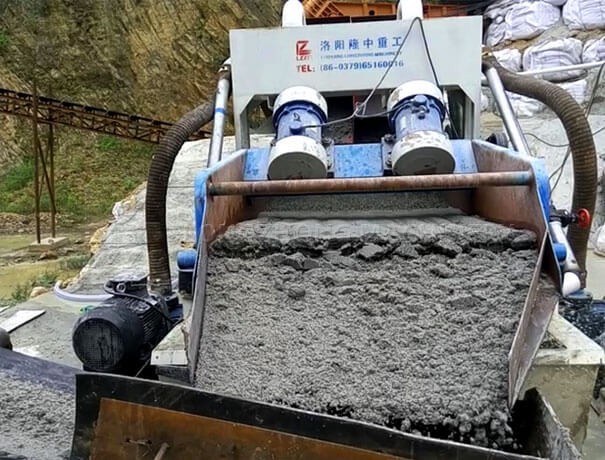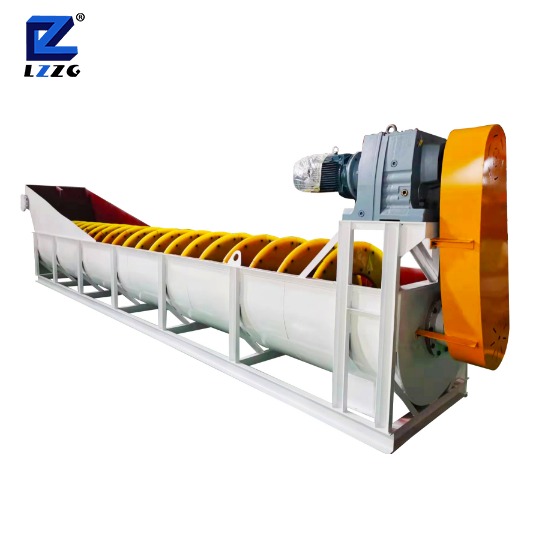Improve the capacity of vibrating screen, these aspects must be known
 March.09,2021
March.09,2021
Material properties
The loose density, particle size and shape of the selected materials are one of the main factors that affect the screening efficiency of the linear vibrating screen.
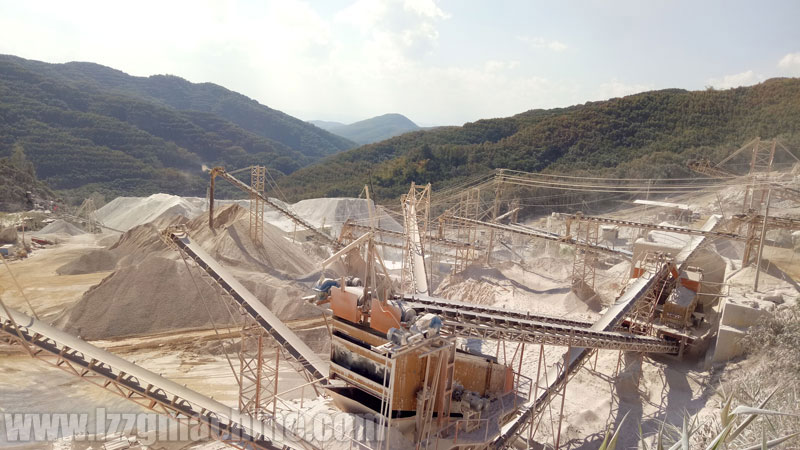
1. Loose density of selected materials
Generally, materials with large bulk density and block particles are easy to pass through the sieve, and the screening efficiency is high. On the contrary, the loose density of materials and powdery materials are not easy to penetrate through the sieve, and are easy to stay on the sieve, which will restrict or block the sieve holes. The effective screening area of the screen is reduced, which affects the screening efficiency.
2. Granularity of selected materials
The particle size of the incoming materials should meet the size of the sieve hole. Small particles are easy to pass through, and large particles are not easy to pass through. To ensure the screening efficiency, the granularity of incoming materials should be strictly controlled.
3. The shape of the material entering the sieve
The shape of the material entering the sieve will affect the sieving performance. Generally, mineral particles with a larger particle size are easily sieved. Irregular particle shapes such as long strips and flakes have a poor sieving rate. Therefore, it is necessary to ensure that the particle shape of the crushed material meets the sieve hole standard.
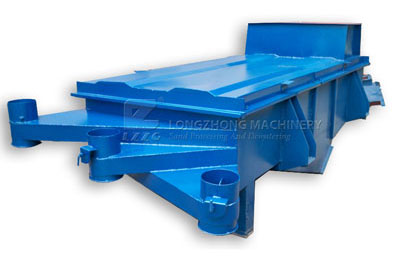
Screen surface structure parameters
The structural parameters of the linear vibrating screen are mainly reflected in the length and width of the screen surface and the size and shape of the screen hole.
1. The length and width of the screen surface
The length of the screen surface of the linear vibrating screen mainly affects the screening efficiency, and the width of the screen surface mainly affects the productivity. The screen surface of the linear screen is longer, the residence time of the material on the screen surface is longer, and there are more chances to penetrate the screen, which will improve the screening efficiency. Choosing a proper screen surface length can effectively improve the screening efficiency. Generally, the ratio of length to width of the linear screen surface is 1:2~1:3.
2. Screen shape and size
The choice of the shape of the sieve hole of the linear vibrating screen mainly depends on the sieving particle size of the material to be screened and the use of the product under the sieve. Compared with other shapes of sieve holes, for the same material, the circular sieve hole is passed through The particle size of the material is smaller, and the size of the rectangular sieve hole is larger. Therefore, in order to obtain a higher screening efficiency, different sieve hole shapes must be selected for different screening materials.
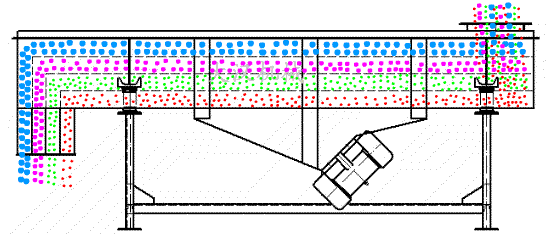
Vibration characteristic parameters
The vibration characteristic parameters of the linear vibrating screen include the inclination angle of the screen surface, the vibration direction angle, the amplitude and the vibration frequency.
1. The inclination of the screen surface
The inclination angle of the screen surface of the linear vibrating screen is related to the processing capacity of the equipment and the screening efficiency. When the inclination angle of the screen surface increases, the throwing intensity of the material on the screen will increase, and the movement speed of the material on the screen surface will increase, increasing the vibrating screen Processing capacity, but the residence time of the material on the sieve is short, the chance of the material sieving is less, the screening efficiency is reduced, on the contrary, the treatment capacity will be reduced, and the screening efficiency will be higher.
In order to control the screening efficiency of the vibrating screen within an ideal range, the inclination angle of the screen surface of the linear vibrating screen is generally between 0 and 8°.
2. Vibration direction angle
The angle between the vibration direction and the upper screen surface is called the vibration direction angle. The greater the vibration direction angle, the shorter the distance the mineral particles move in each throwing motion, the slower the advancement speed on the screen surface, the more fully the material is screened, and the higher the screening efficiency. The smaller the vibration direction angle, the longer the distance the material travels on the screen surface when throwing, and the shorter the time to pass the screen surface, so that the material cannot be fully screened, so the screening efficiency is lower. In order to ensure the screening efficiency of the linear vibrating screen, the appropriate range of its vibration direction angle is 30-60°.
3. Amplitude
The amplitude of the linear vibrating screen determines the energy when the material particles move on the screen surface. The larger the amplitude, the greater the vertical movement of the material during the screening process, and the blocking of the screen holes will be reduced, which is more conducive to screening. , The better the screening efficiency; otherwise, the worse the screening efficiency.
Generally, the choice of amplitude is determined according to the particle size and properties of the material to be screened. For materials with larger particle size, linear sieves with larger amplitude and lower frequency are suitable; for materials with finer particle size, linear sieve with smaller amplitude and higher frequency is easy to choose.
4. Vibration frequency
The vibration frequency of the screen surface of the linear vibrating screen mainly affects the movement state of the mineral particles. If the frequency is too low or too high, it is not conducive for the material to pass through the screen holes. If the vibration frequency is too low, the movement probability of the mineral particles in the vertical direction of the screen surface is small, and the screen penetration rate is low; if the vibration frequency is too high, the vibration of the mineral particles is easy to be confused, which affects the screening efficiency. Generally, the vibration frequency range of the screen surface of the linear vibrating screen should be controlled within 15Hz~30Hz.


